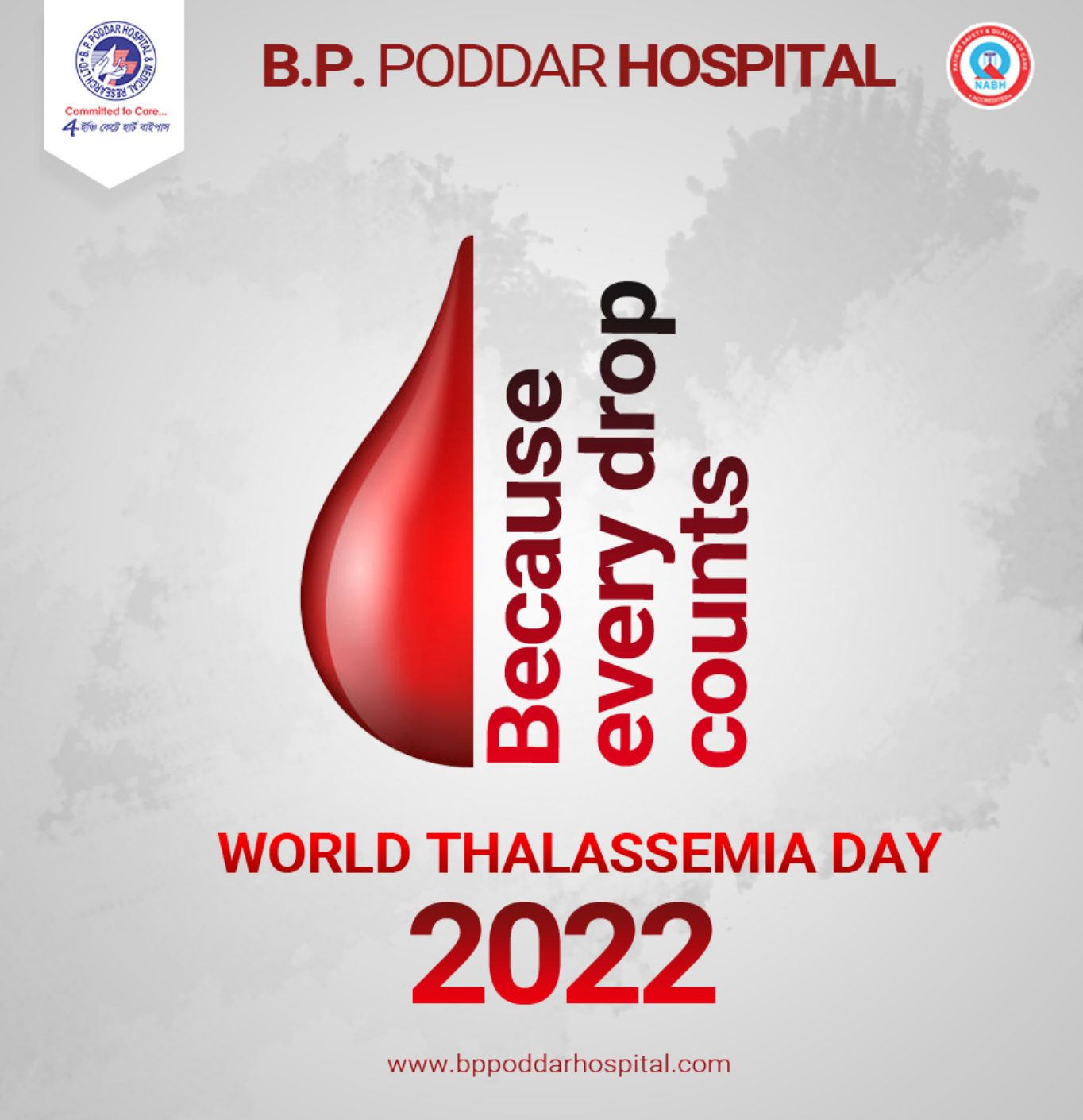[cmsmasters_row data_shortcode_id="qcggu9p0fx" data_padding_bottom_mobile_v="0" data_padding_top_mobile_v="0" data_padding_bottom_mobile_h="0" data_padding_top_mobile_h="0" data_padding_bottom_tablet="0" data_padding_top_tablet="0" data_padding_bottom_laptop="0" data_padding_top_laptop="0" data_padding_bottom_large="0" data_padding_top_large="0" data_padding_bottom="50" data_padding_top="0" data_bg_parallax_ratio="0.5" data_bg_size="cover" data_bg_attachment="scroll" data_bg_repeat="no-repeat" data_bg_position="top center" data_color="default" data_bot_style="default" data_top_style="default" data_padding_right="3" data_padding_left="3" data_width="boxed"][cmsmasters_column data_width="1/1" data_shortcode_id="xp1knr8f2" data_animation_delay="0" data_border_style="default" data_bg_size="cover" data_bg_attachment="scroll" data_bg_repeat="no-repeat" data_bg_position="top center"][cmsmasters_text shortcode_id="b8433kxxul" animation_delay="0"]
Thalassemia is a genetic blood disorder in which the body makes inadequate or abnormal form of hemoglobin. Hemoglobin is a protein present in red blood cells responsible for carrying oxygen to all the other cells in the body. When there’s less hemoglobin (anemia), red blood cells do not function properly and eventually results in disruption of the red blood cells. Inheriting a faulty thalassemia gene from both the parents, creates the trait for thalassemia and in major cases there’s a need for blood transfusion.
Causes- It is caused by a variety of factors such as:
(i) Caused by the mutations in the gene responsible for the production of hemoglobin.
(ii) People with a family history of thalassemia.
(ii) Ethnicity of the people, most common in African Americans and in Southeast Asians.
Types of Thalassemia- Hemoglobin, a protein which is made of two subunits- Alpha globin and Beta globin.
- Alpha thalassemia- it occurs when the gene related to the alpha globin is mutated.
- Beta thalassemia- when gene associated with beta globin is mutated.
There are two forms of thalassemia-
- Thalassemia minor- When the person inherits the faulty gene from only one parent. They are the carriers of thalassemia and do not show any symptoms.
- Thalassemia major- It is developed when the person inherits the faulty gene from both the parents. Beta thalassemia major is also known as the Cooley anemia.
Symptoms-
- Pale skin
- Dark urine
- Constant fatigue and weakness
- Enlarged Spleen
- Abdominal pain and swelling
- Bone deformities
- Delayed growth and development
- Heart problems such as abnormal heart rhythm (arrhythmia) associated with severe thalassemia.
Diagnosis and Treatment-
- Blood examination
- Careful blood transfusions in case of thalassemia major.
- Undergo thalassemia screening test (Blood HPLC/thalassemia test) to check the chance of being a thalassemia carrier.
- Medications and health supplements.
- Bone marrow transplantation in major cases.
Prevention and Control-
- Routine blood tests.
- Periodic consultation with the doctor.
- Maintain healthy lifestyle and proper balanced diet.
- Regular exercise
- Consult a genetic counselor to determine the risk of passing thalassemia to your children.
- Take prescribed medicines.

 NABH Accredited Hospital
NABH Accredited Hospital









